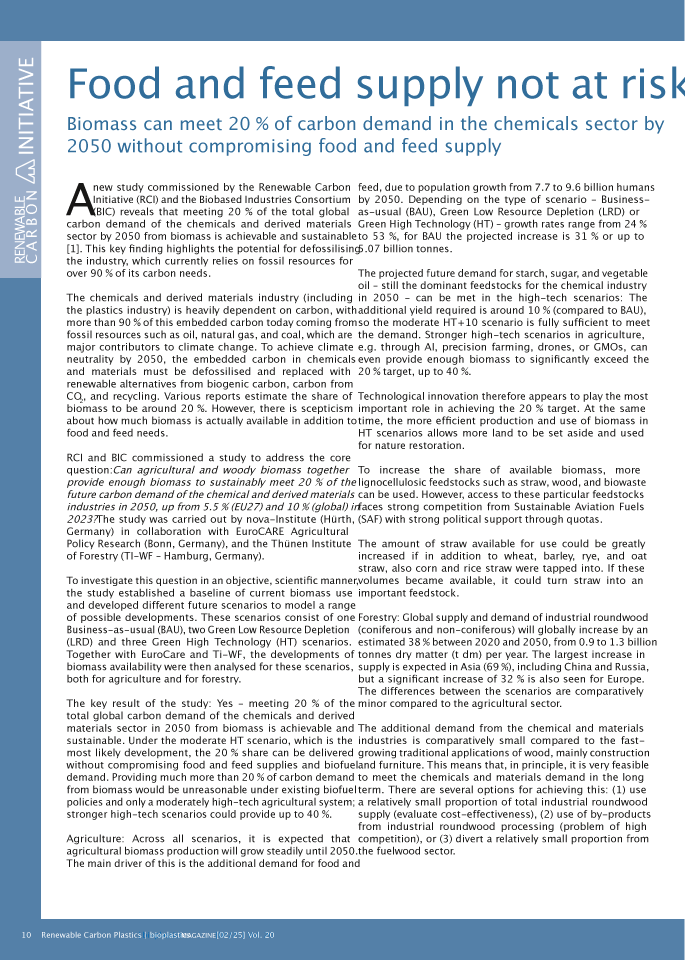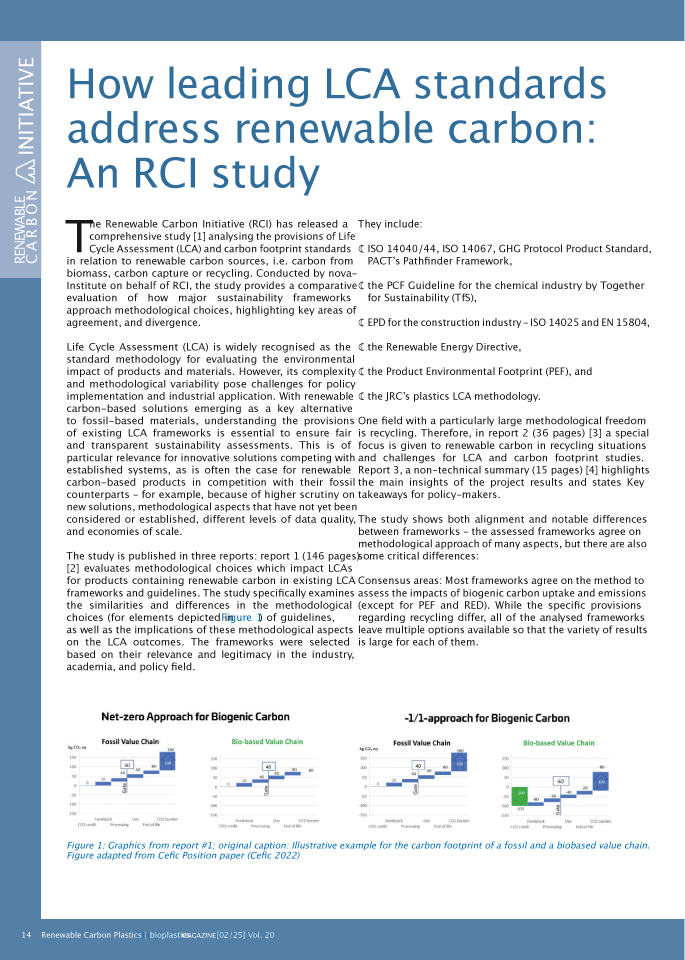Showing 1–20 of 238
-
RCI Webinar: Success Stories RCI 2025 and Outlook to 2026 – Project Results and Position Papers (PDF)
Policy, Sustainability & Health
59 Pages
2 Downloads
2 Downloads
2025-12
FREE
Free Shipping2
DownloadsThe free RCI webinar on 9 December 2025 presented the RCI Success Stories 2025 and offered an Outlook to 2026. It showcased RCI’s policy impact at EU, national and international levels, highlighted key publications and scientific results (including the biomass study, Policy Proposals, LCA methodologies, sustainability criteria paper, and analysis of recent updates to methane and fossil CO2 emissions data in Life-Cycle Inventories (LCI)), and summarised member activities such as expert groups, roundtables, and survey insights. The webinar also introduced RCI’s ongoing and upcoming projects for 2026, including biodiversity, policy barriers, carbon flows, LCA case studies, and awareness-building initiatives.
-
Advanced Recycling Conference 2025 (Proceedings, PDF)
Markets & Economy, Policy, Sustainability & Health, Technology

2025-12
150 € ex. tax
Plus 19% MwSt.Press
release Add to
cartThe proceedings of the Advanced Recycling Conference 2025 (19-20 November, https://advanced-recycling.eu) contain 41 conference presentations, the conference journal, sponsor documents and the press release.
-
Renewable Materials Conference 2025 (Proceedings, PDF)
Markets & Economy, Policy, Sustainability & Health, Technology

2025-10
200 € ex. tax
Plus 19% MwSt.Press
release Add to
cartThe proceedings of the Renewable Materials Conference 2025 (22-24 September 2025, https://renewable-materials.eu) contain all released 68 presentations, the conference journal and the press release of the three winners of the Innovation Award “Renewable Material of the Year 2025″.
-
Percentage Change in the Carbon Footprint of fossil-based Feedstocks (PNG)
Sustainability & Health
1 Page
19 Downloads
19 Downloads
2025-10
FREE
Free Shipping19
Downloads -
Percentage Change in the Carbon Footprint of Olefins and Derivatives (PNG)
Sustainability & Health
1 Page
8 Downloads
8 Downloads
2025-10
FREE
Free Shipping8
Downloads -
Percentage Change in the Carbon Footprint of Plastics (PNG)
Sustainability & Health
1 Page
29 Downloads
29 Downloads
2025-10
FREE
Free Shipping29
Downloads -
Increased Methane Emissions in Crude Oil and Natural Gas Supply: Implications for the Carbon Footprint of Petrochemicals – An RCI report (PDF)
Sustainability & Health
39 Pages
341 Downloads
341 Downloads
2025-10
FREE
Free Shipping341
DownloadsThis scientific background report by RCI shows that recent updates to leading LCI databases (ecoinvent 3.9–3.11) reveal a major underestimation of methane emissions from oil and gas supply chains. Enhanced satellite data on flaring, venting, and leaks highlight large inconsistencies compared to sources such as IEA, IOGP, and the World Bank. For instance, IEA now reports oil-related methane emissions up to 15 times higher than IOGP, with extreme differences for Russia (10-fold) and Saudi Arabia (40-fold). These revisions sharply increase the carbon footprint of fossil feedstocks, with naphtha nearly tenfold higher and significant rises for ethylene, propylene, and ethylene glycol. As a consequence, plastics such as PE, PP, and PET show 20–30% higher footprints. By contrast, renewable carbon alternatives gain ground: bio-based plastics now appear 12–27% more climate-friendly, with even greater advantages when biogenic carbon uptake is included.
The RCI report urges policymakers to rapidly integrate methane regulation and updated LCI data into climate strategies. Key recommendations include regular database updates, expanded emissions tracking, harmonized reporting, and stronger support for renewable carbon solutions.
-
Percentage Change in the Carbon Footprint of Aromatics and Derivatives (PNG)
Sustainability & Health
1 Page
9 Downloads
9 Downloads
2025-10
FREE
Free Shipping9
Downloads -
Benefits of Using First-Generation Biomass for Food, Fuel, Materials and Chemicals in Europe (PNG)
Policy, Sustainability & Health
1 Page
101 Downloads
101 Downloads
2025-09
FREE
Free Shipping101
Downloads -
Co-production per Tonne Termantable Sugars (PNG)
Policy, Sustainability & Health
1 Page
18 Downloads
18 Downloads
2025-09
FREE
Free Shipping18
Downloads -
Benefits of Using First-Generation Biomass for Food, Fuels, Chemicals and Derived Materials in Europe (PDF)
Policy, Sustainability & Health
16 Pages
733 Downloads
733 Downloads
2025-09
FREE
Free Shipping733
DownloadsKey messages – Benefits of using first-generation biomass for food, fuels, chemicals and derived materials
First-generation biomass in non-food applications increases food security.
Using first-generation biomass for non-food applications strengthens food security by increasing overall availability of feedstock and market stability. At the same time, it also delivers valuable protein-rich by-products addressing the most critical needs for human and animal nutrition. The ability to shift crops between the food, feed, and industrial markets enables the EU and market players to respond swiftly to changes in demand and mitigate the risks associated with supply chain disruptions. Most importantly, using first-generation biomass for non-food applications offers a fast and economical way to set up and ensure an emergency food reserve.- First-generation biomass in non-food applications enhances a resilient and competitive EU agriculture
- First-generation biomass in non-food applications supports climate change mitigation
- First-generation biomass in non-food applications supports biodiversity protection
- High-tech agriculture further enhances the benefits of first-generation biomass.
DOI No.: https://doi.org/10.52548/GCJC4981
-
PEF – A Circular Bio-Based Plastic with Improved Properties and Environmental Performance (PDF)
Sustainability & Health, Technology
19 Pages
205 Downloads
205 Downloads
2025-09
FREE
Free Shipping205
DownloadsThe chemical technology company Avantium (NL) partnered with nova-Institut GmbH under the framework of the PEFerence project, to perform a full cradle-to-grave Life Cycle Assessment (LCA) for the YXY® Technology, assessing the potential environmental impacts of PEF packaging solutions in comparison to conventional PET packaging. The LCA is performed according to the ISO 14040/44 standard methodology. A critical peer review of the study, including experts of incumbent technologies, was conducted in order to verify whether the LCA met the requirements for methodology, data, interpretation, and reporting. This presentation from the 1st PEF World Congress summarises the main aspects about the environmental sustainability of PEF-based bottles.
-
Summary of RCI Scientific Background Report “RCI Policy Proposals for Facilitating the Transition to Renewable Carbon” (PDF)
Markets & Economy, Sustainability & Health
3 Pages
222 Downloads
222 Downloads
2025-06
FREE
Free Shipping222
DownloadsHow to defossilise the chemical industry – policy proposals
This is a summary of the RCI Scientific Background Report “RCI Policy Proposals for Facilitating the Transition to Renewable Carbon” published by the Renewable Carbon Plastics | bioplastics MAGAZINE [03/25] Vol. 20.
-
3-CO Social Innovation Brochure: Social Innovation – Solutions Contributing to Responsible Production and Consumption in the Bioeconomy and Beyond
Sustainability & Health
64 Pages
235 Downloads
235 Downloads
2025-06
FREE
Free Shipping235
DownloadsThis brochure by the EU-funded 3-CO project includes 17 carefully sected social innovations from various countries and sectors. These aim to introduce different approaches with the potential to change society at large but also inspire replication. They further identify hurdles in realising social innovation and introduce opportunities for upscaling and transfer. Derived policy recommendations complete the publication.
DOI No.: 10.5281/zenodo.15601644
-
3-CO Poster of Hidden Objects (Bio-Based Products and Social Innovation) (PNG)
Sustainability & Health
1 Page
114 Downloads
114 Downloads
2025-06
FREE
Free Shipping114
DownloadsThis poster of hidden objects created by the EU-funded research project 3-CO introduces bio-based solutions and social innovations in a playful way.
In the 3-CO Adventure House readers can go on a fun treasure hunt. Explore this cozy house filled with amazing surprises that are good for our planet and the people in our neighbourhood.
What is so special about this house?
This isn’t just any ordinary house. It’s packed with two awesome things:Bio-based Products:
These items are created from nature itself and can be made from plants, leftovers from our food, and plenty other stuff that grows. Instead of using up the earth’s limited resources, these products help to keep our planet happy and healthy.Social Innovations:
These are smart ideas that make our communities better and bring different people together. Some of them got superpowers and can create close friendships, help us share things like food and clothing and make us learn from each other. Others fix broken things or help the environment.Your Mission
Your job is to find all the hidden bio-based products and social innovations in this picture. Look closely at every room and even outside the house. Can you spot them all?3-CO aims to improve end-consumer communication of eco-labels and certification for bio-based products. A consumer-support app developed within the project will help to decode label- and certification information and support consumers in their effort to make sustainable choices.
DOI No.: https://zenodo.org/records/15630140
-
337 Downloads
2025-06
FREE
Free Shipping337
DownloadsThis short document explains the OK renewable label, developed by RCI, nova and TÜV Austria and launched on 1 April 2025. The OK renewable label provides a clear, trustworthy way to identify products whose carbon content is derived from non‑fossil sources.
The Renewable Carbon Share (RCS) metric quantifies the proportion of a product’s renewable carbon that originates from the biosphere, atmosphere or technosphere but not the geosphere on a five‑tier scale from 20% to 100 %. Products earn an RCS classification based either on their actual renewable carbon content or through documented substitution of fossil‑based feedstock with renewable alternatives.
-
Joint Webinar hosted by Bio-based Industries Consortium (BIC) and the Renewable Carbon Initiative (RCI) (May 2025) (PDF)
Policy, Sustainability & Health
51 Pages
592 Downloads
592 Downloads
2025-05
FREE
Free Shipping592
DownloadsThe webinar was presented by Michael Carus (nova-Institute, RCI), supported by Christopher vom Berg (RCI), Dirk Carrez (BIC), and Marco Rupp (BIC). It was based on a Scientific Background Report “Is there enough biomass to defossilise the chemicals and derived materials sector by 2050?” commissioned by the Bio-based Industries Consortium (BIC) and the Renewable Carbon Initiative (RCI).
It explored whether agricultural and woody biomass could sustainably meet 20% of the carbon demand for the chemical and derived materials sectors by 2050. Using models like CAPRI (for agriculture) and TiMBA (for forestry), the study examined different scenarios, balancing food, feed, and biofuel priorities. Results showed that with moderate technological advancements, this 20% target is achievable without compromising sustainability or biodiversity. Stronger high-tech scenarios could even provide up to 40%, though existing biofuel policies may limit this. Overall, the study concluded that biomass could play a key role in defossilising the chemical sector, given the right innovations and policy frameworks.
-
CO2-based Fuels and Chemicals Conference 2025 (Proceedings, PDF)
Markets & Economy, Policy, Sustainability & Health, Technology

2025-05
150 € ex. tax
Plus 19% MwSt.Press
release Add to
cartThe proceedings of the CO2-based Fuels and Chemicals Conference 2025 (29-30 April 2025, https://co2-chemistry.eu) contain all released presentations, the conference journal, and the press release of the three winners of the Innovation Award “Best CO2 Utilisation 2025″.
-
Summary of BIC/RCI Report – Food and feed supply not at risk (PDF)
Sustainability & Health
3 Pages
252 Downloads
252 Downloads
2025-05
FREE
Free Shipping252
DownloadsBiomass can meet 20 % of carbon demand in the chemicals sector by 2050 without compromising food and feed supply.
This is a summary of the RCI/BIC study “Is There Enough Biomass to Defossilise the Chemicals and Derived Materials Sector by 2050?” published by the Renewable Carbon Plastics | bioplastics MAGAZINE [02/25] Vol. 20.
-
Summary of RCI Scientific Background Report “Evaluating LCA Approaches and Methodoloies for Renewable Carbon Sources” (PDF)
Sustainability & Health
3 Pages
382 Downloads
382 Downloads
2025-05
FREE
Free Shipping382
DownloadsHow leading LCA standards address renewable carbon: An RCI study
This is a summary of the RCI Scientific Background Report “Evaluating LCA Approaches and Methodologies for Renewable Carbon Sources” published by the Renewable Carbon Plastics | bioplastics MAGAZINE [02/25] Vol. 20.

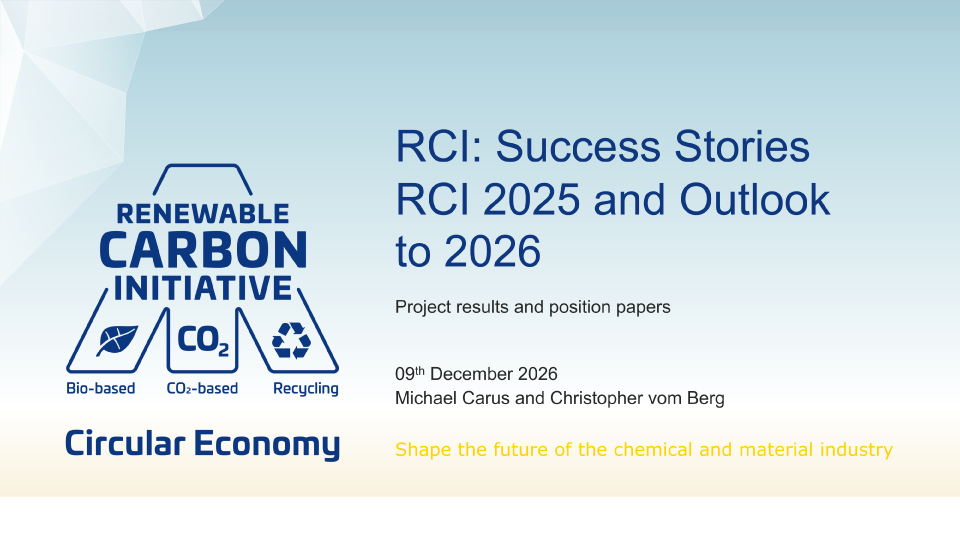

![Renewable Materials Conference 2025 (Proceedings, PDF) [Digital]](https://renewable-carbon.eu/publications/wp-content/uploads/2020/05/21-01-07_RC-Publications-Cover-Proceedings_RMC-100x141.png)
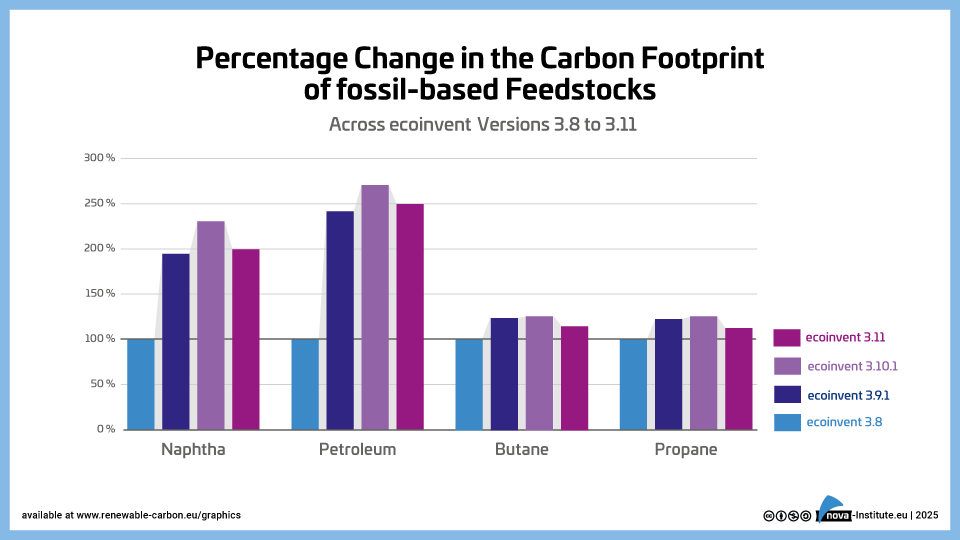
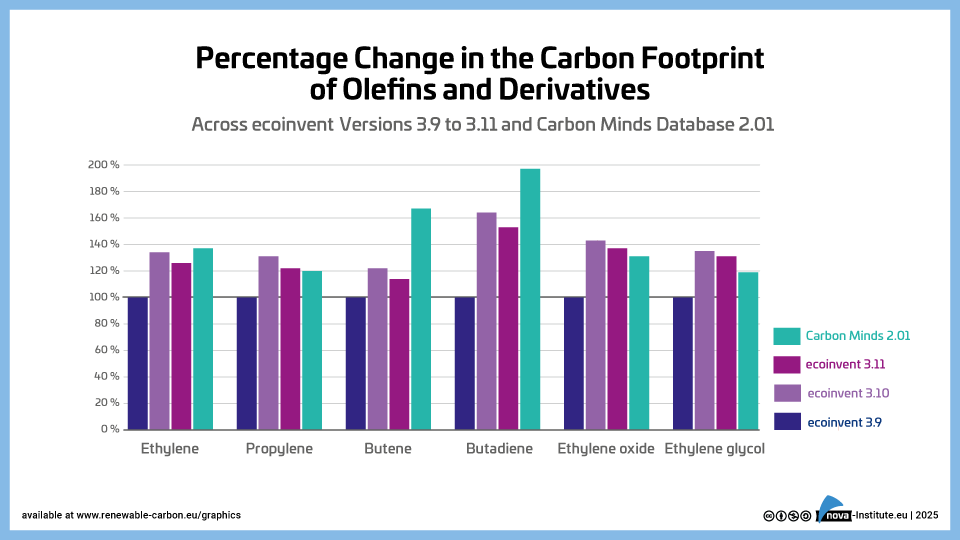
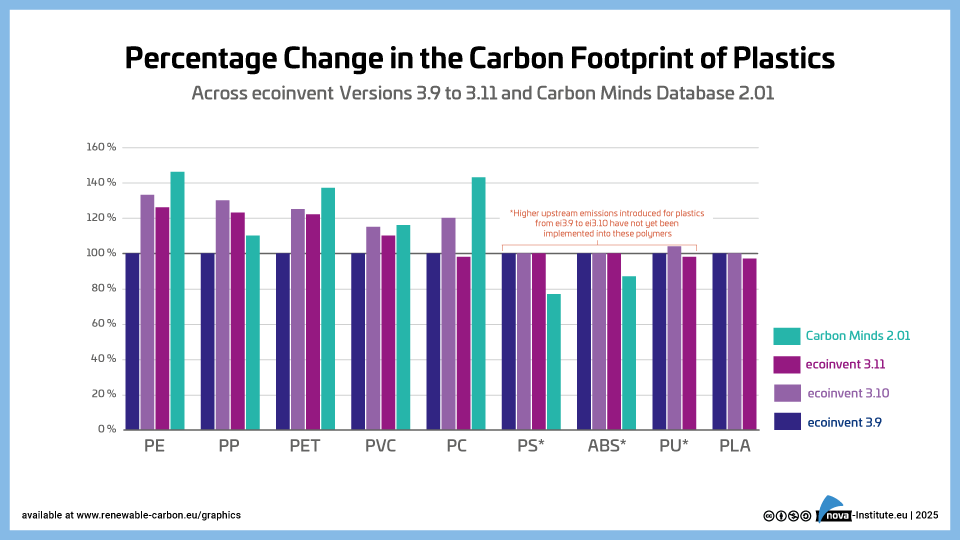
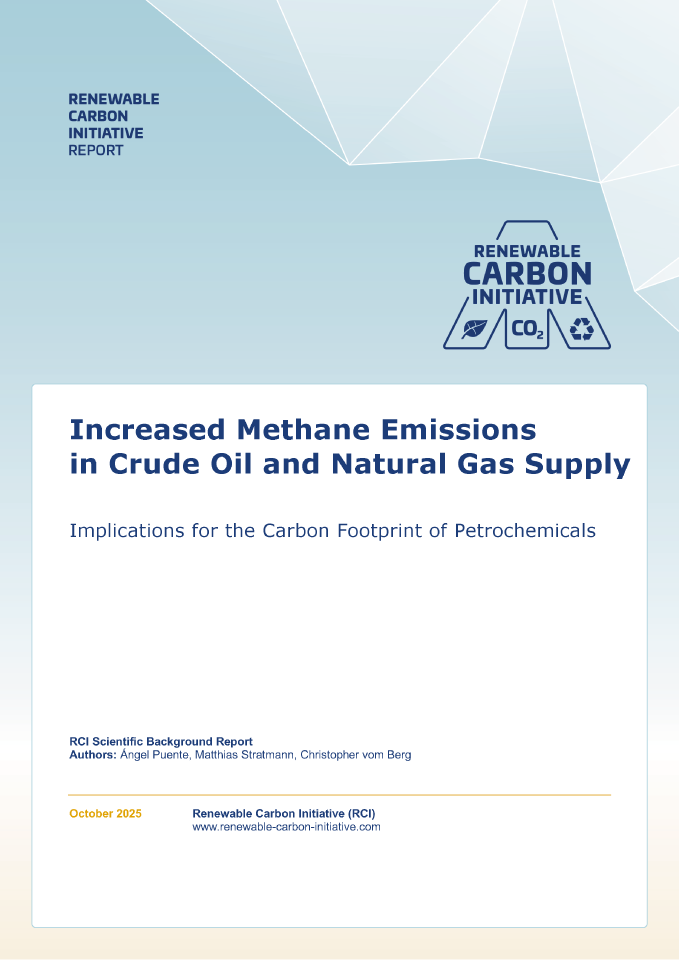
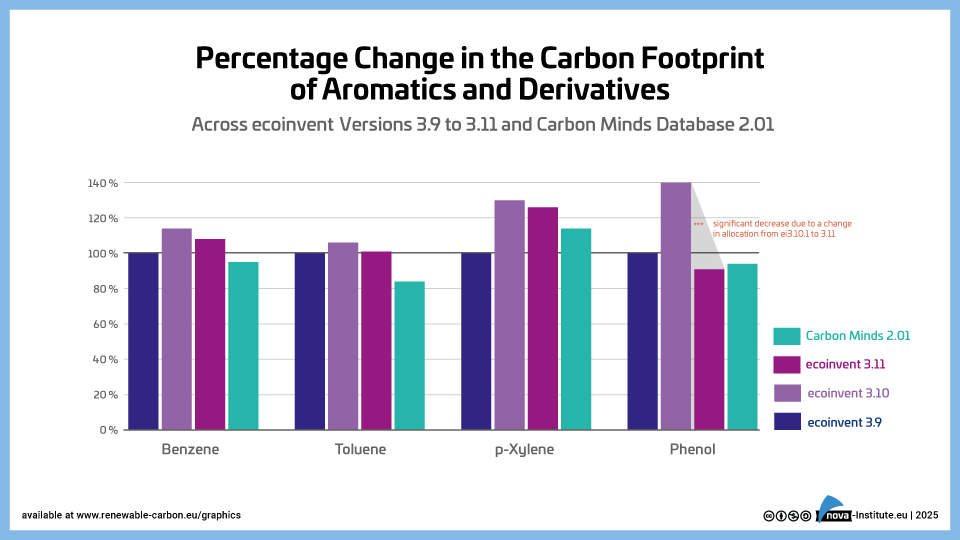

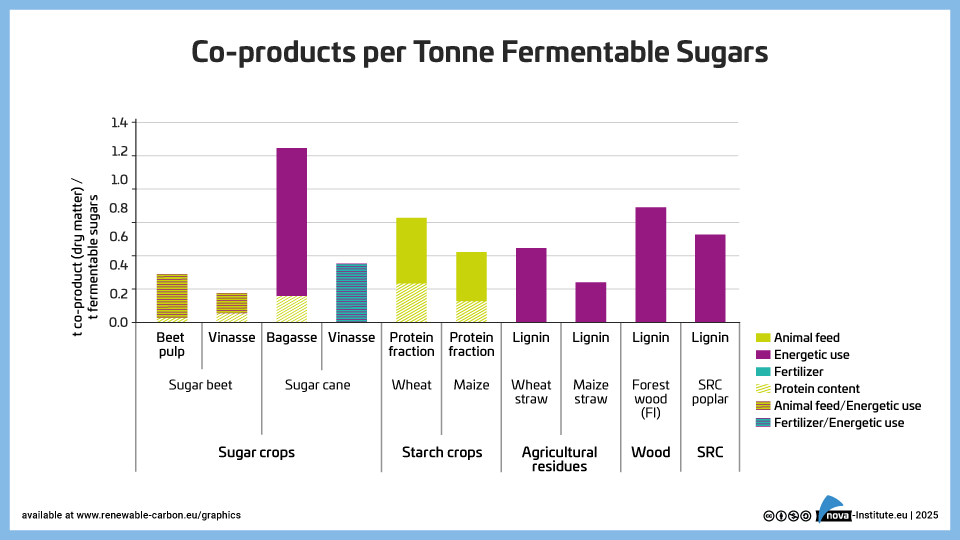
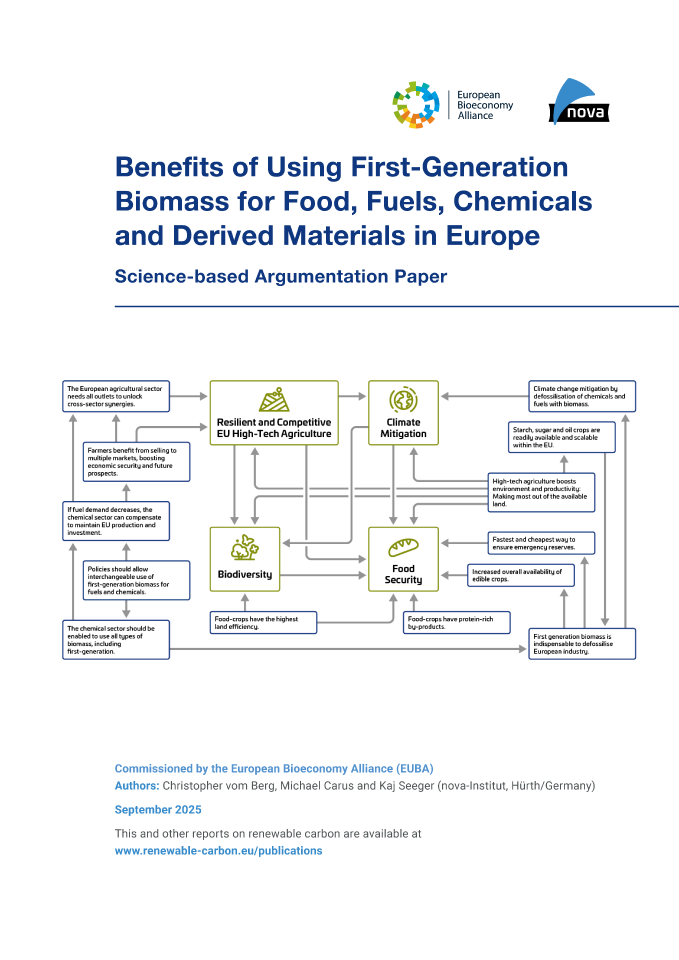
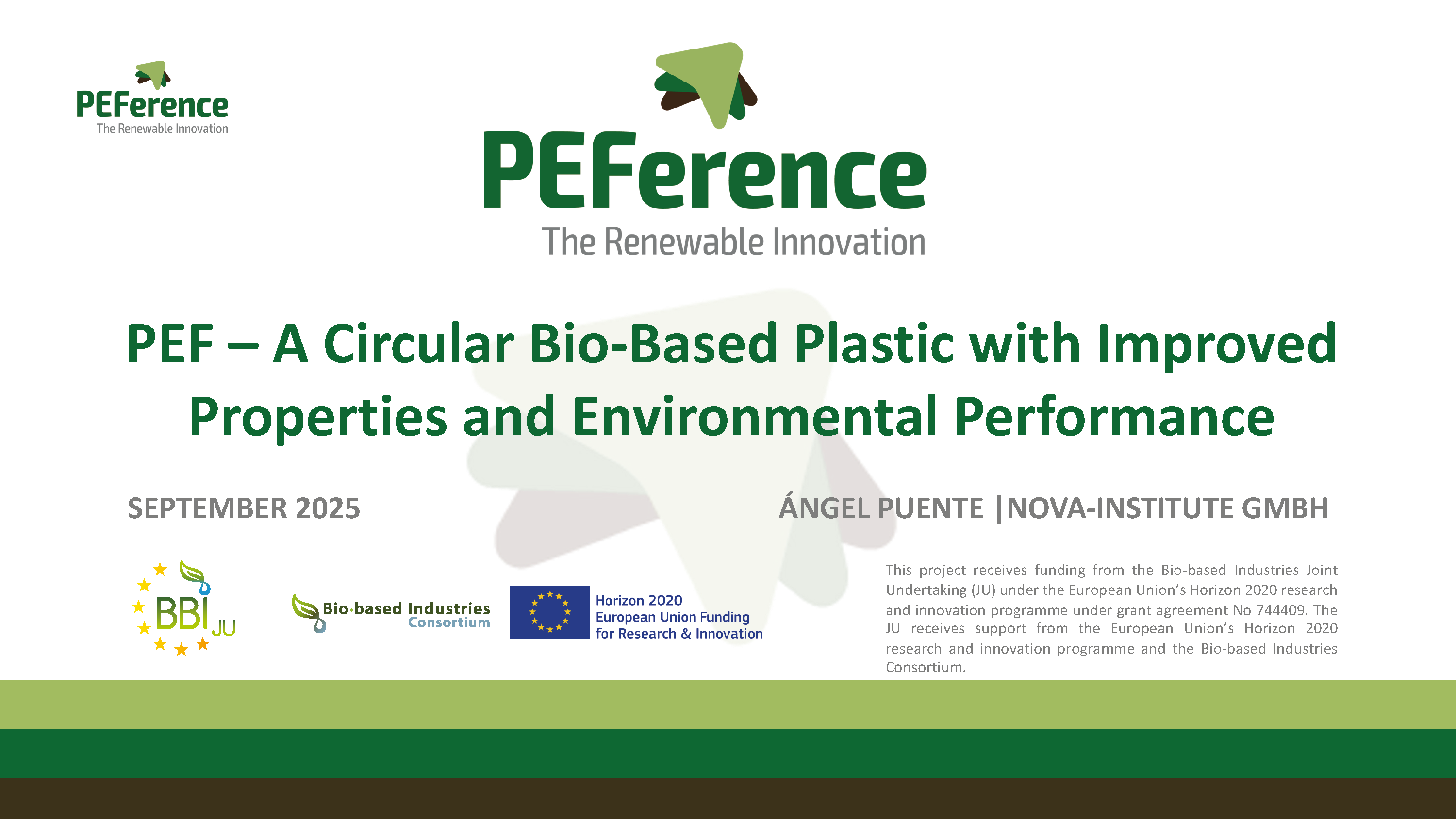
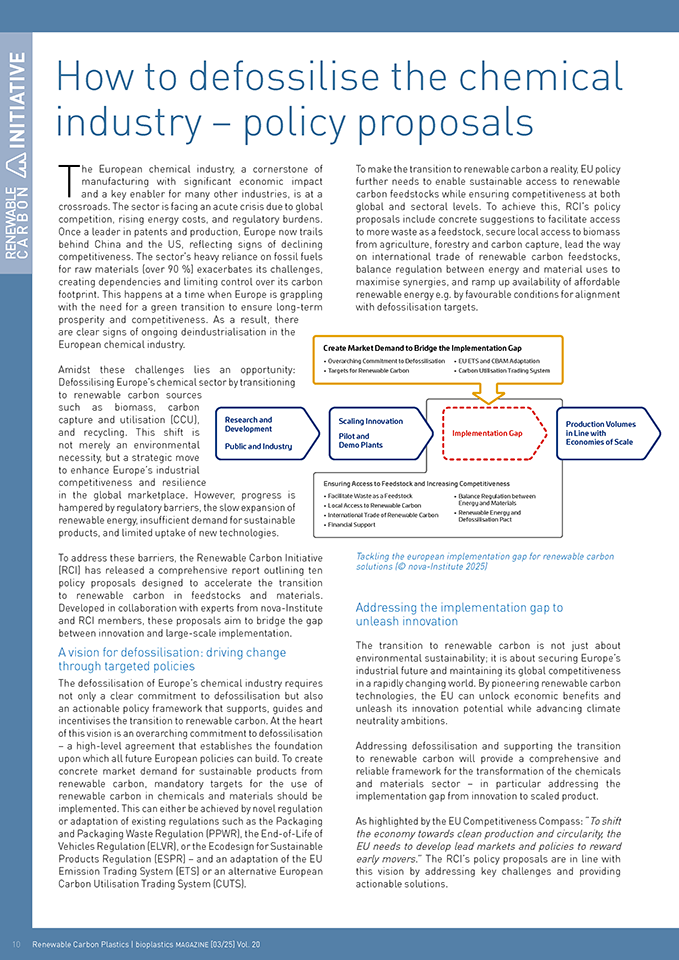
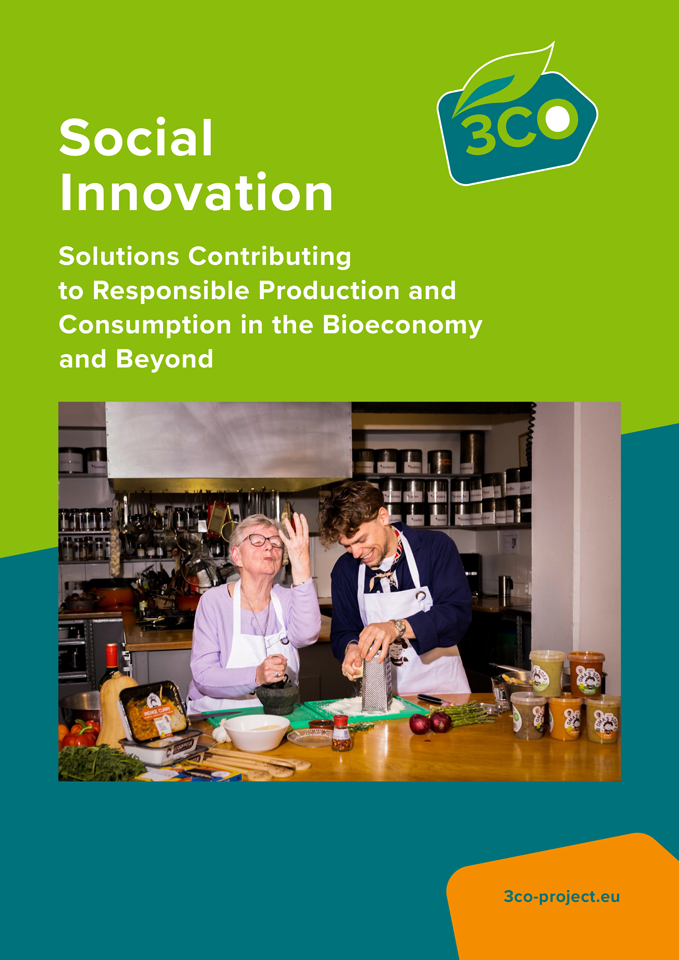
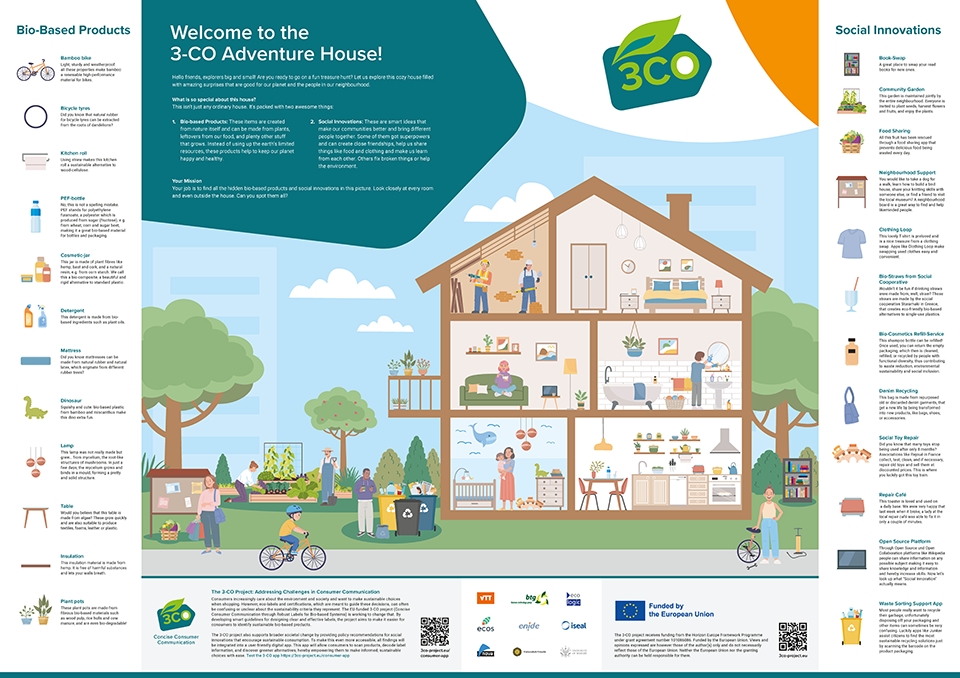
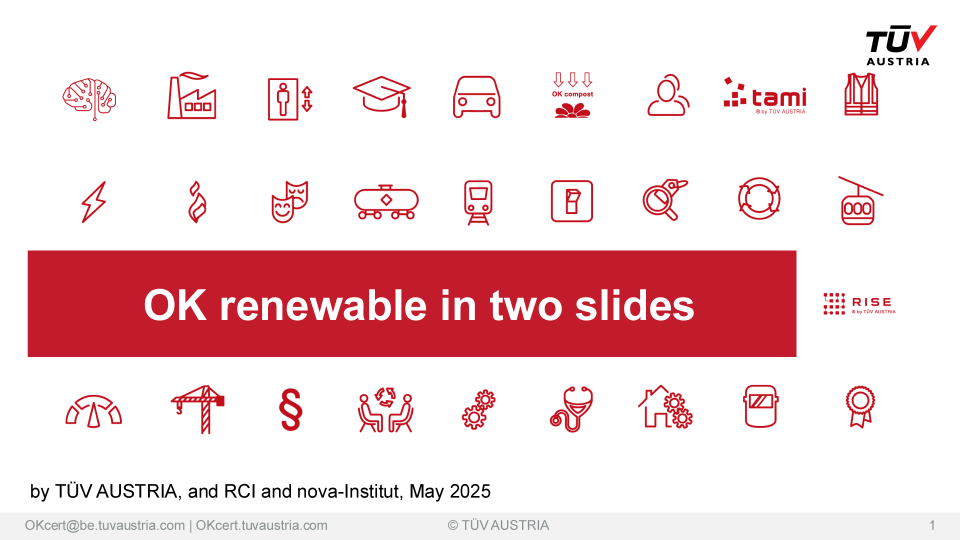

![CO2-based Fuels and Chemicals Conference 2025 (Proceedings, PDF) [Digital]](https://renewable-carbon.eu/publications/wp-content/uploads/2020/05/21-01-07_RC-Publications-Cover-Proceedings_CO2-based-100x141.png)
